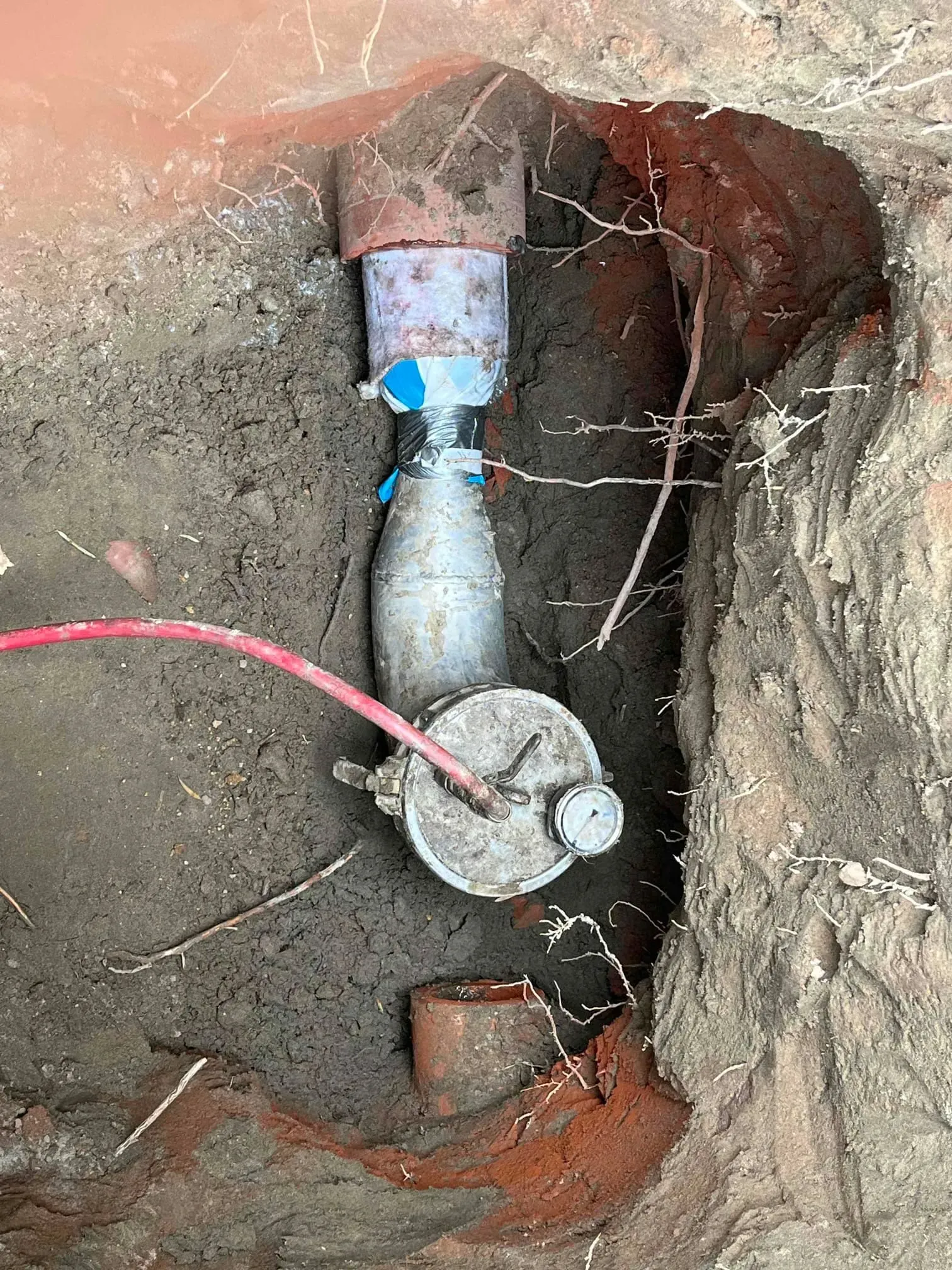Frequently Asked Questions About Trenchless Sewer Pipe Replacement

The sewer pipes that deliver water to homes usually work so efficiently and invisibly that homeowners rarely think about them. However, when an old pipe starts to crack or crumble after years of stress and strain, you probably want to replace it as discreetly as possible. Trenchless sewer pipe replacement can help accomplish this goal.
If you've never scheduled or even heard of a trenchless sewer pipe replacement, you owe it to yourself to learn about this minimally-invasive technique for replacing pipes and restoring normal water flow. The answers to the following frequently asked questions should help you get up to speed on the subject.
Why Would You Want Trenchless Sewer Pipe Replacement?
Sewer pipes can fail for a variety of reasons, from tree root infiltration and other types of blockages to metal corrosion or cracks in clay. Unfortunately, traditional sewer pipe replacement involves digging long, ugly trenches through your yard or even beneath your foundation slab, which may threaten its structural strength.
Trenchless sewer pipe replacement removes both of these concerns. Instead of ripping up your property to expose and replace damaged pipes, plumbing technicians drive new pipes directly into the space occupied by the old pipes. These technicians may use one of two main techniques: sewer pipe bursting or sewer pipe relining.
How Does Sewer Pipe Bursting Work?
Although the name of this technique may evoke nightmarish images of plumbing emergencies, sewer pipe bursting actually performs a form of productive destruction. Technicians place a device called an expander head against one end of the damaged pipe, with the replacement pipe attached to the rear of the expander head.
As the technicians push the expander head forward, the expander head bursts the pipe into pieces, laying the new pipe behind it as it progresses. This method allows the technicians to replace an entire sewer pipe without digging massive trenches. Instead, they need only to make a hole at the access point to the pipe.
What Does Sewer Pipe Relining Involve?
Trenchless sewer pipe relining offers an even less invasive means of restoring an ailing pipe than the pipe bursting technique. In this approach, technicians access the damaged section of the pipe and thread an inflatable tube through it. A flexible plastic epoxy saturates the tube material.
Once the technicians have positioned the tube inside the damaged area, they inflate it until it makes contact with the pipe's inner walls. Once the tube is inflated, the technicians will then give the epoxy time to cure. The epoxy hardens into a new plastic inner lining, effectively transforming into a replacement for the original pipe while the original material remains in place.
Which Trenchless Repair Technique Should You Select?
Both sewer pipe bursting and sewer pipe relining can resolve common pipe problems and get your home plumbing system working like new again. However, each technique comes with its own pros and cons, and one may suit your particular conditions and needs better than the other.
Sewer pipe relining tends to cost less than sewer pipe bursting, and it can fix leaks quite effectively. However, it also narrows the inner diameter of the pipe, which may alter the water pressure to some degree. Since a relined pipe won't last as long as a fully replaced pipe, you may need technicians to repeat the procedure in a few decades.
Sewer pipe bursting usually costs more than sewer pipe relining, to the extent that your plumbing technicians might consider it overkill for fixing a simple pipe leak. However, the fact that it completely replaces the old pipe with a brand-new one means you can expect nearly a hundred years of reliable performance from the replacement.
If you need to replace lengths of sewer pipe without wrecking your outdoor landscape, turn to the professionals at Drain Right Services. We can inspect the situation, determine which sewer pipe replacement technique best suits your needs, and then perform the pipe service with consummate quality. Be sure to contact us today to learn more.
CONTACT INFORMATION
Address:
Los Angeles: 18012 S Figueroa St., Gardena, CA 90248
Orange County: 3315 E Miraloma Ave, Anaheim, CA 92806
Phone: 800-208-8875
BUSINESS HOURS
- Mon - Sun
- Open 24 Hours





Also Available: Google Wallet
CSLB # 852708
